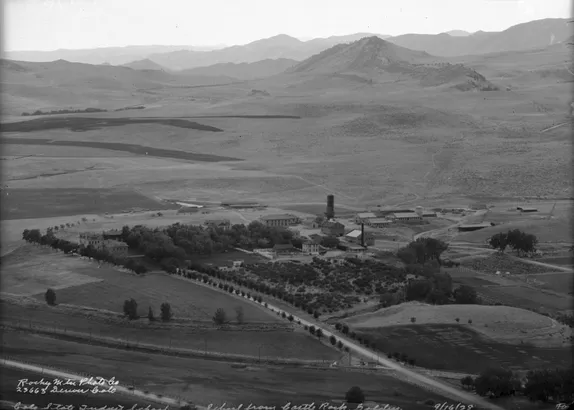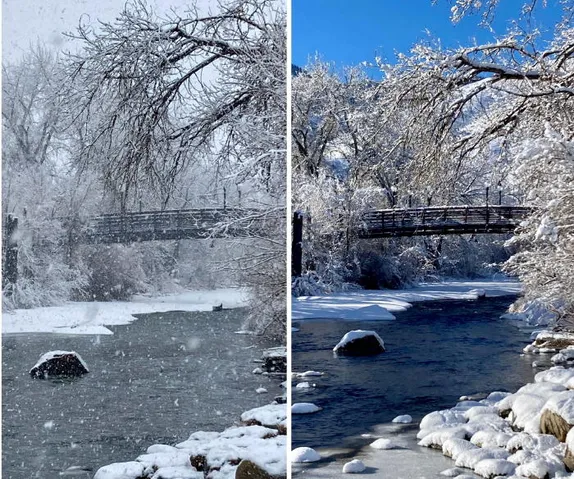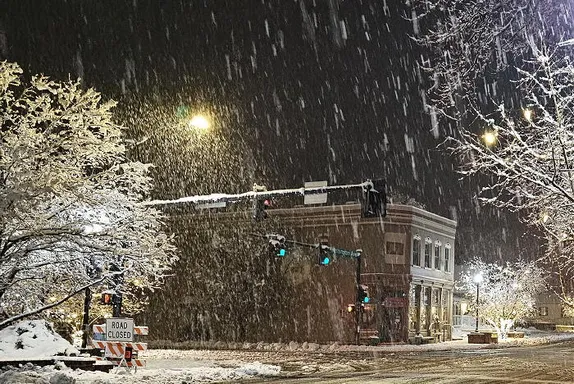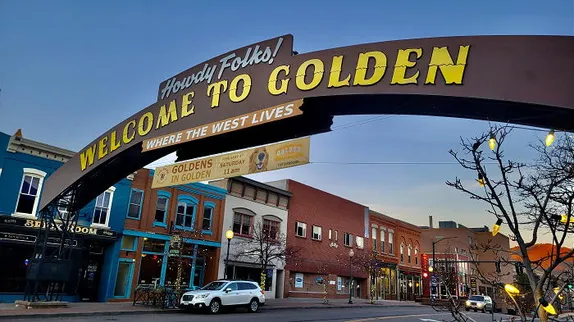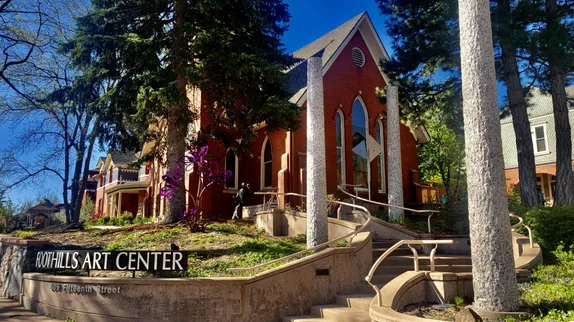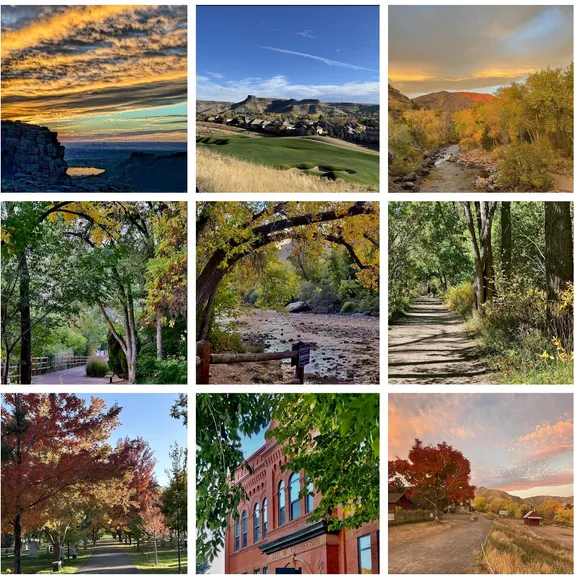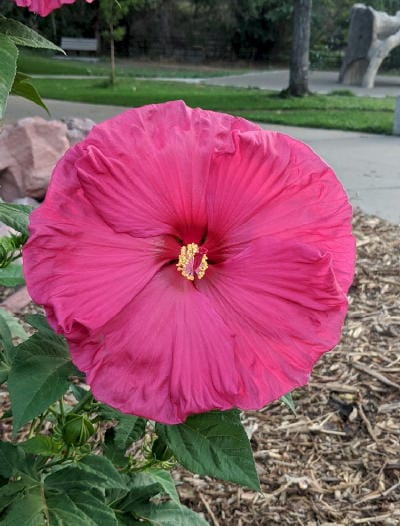
Public Health References
CDC * Colorado * Jefferson County * City of Golden
JCPHD updates these numbers Monday through Friday at about 3 PM. Here’s the most recent Coronavirus report from Jeffco Public Health’s Case Summary Page:
Cases in Jeffco – Fri: 3922 | Mon: 4015
Deaths in Jeffco – Fri: 227 | Mon: 227
Ever Hospitalized in Jeffco – Fri: 493 | Mon: 495 (currently 31)
Recovered – Fri: 3325 | Mon: 3460
Known Cases in Golden – Fri: 146 | Mon: 146
Jefferson County mask rule: masks must be worn both indoors and outdoors in public spaces where 6 feet distance cannot be maintained. This matches Golden’s requirement. The rest of the state requires masks only indoors. The Safer at Home and in the Vast, Great Outdoors protocol is in effect statewide. City and County fire restrictions are in place.
Virtual Golden
10:15-11:15AM Baby and Toddler Time with the Library
2PM South Golden Merchants‘ Meeting via Zoom
Real Life Golden
1-3PM English Paper Piecing Group at the Quilt Museum
(Please call the museum to verify that it’s going to happen: 303-277-0377.)
Golden History Moment
The Bastard Limestone and the Time of Slime
By Guest Historian Donna Anderson
When the famous geologist Ferdinand V. Hayden visited Golden in 1869, he rode horseback around the area examining outcrops. He reported a layer of “bastard limestone” among the red rocks on the western side of town, on today’s Mines survey field and along Kinney Run Gulch to the south. That’s a imaginative rock description. What’s up with that?
Hayden was referring to a rock composed of limestone (calcium carbonate) mixed in with a lot of quartz (silicon dioxide) sand grains: an impure and hence “bastard” limestone by his reckoning. Even with impurities, though, Goldenites mined the limestone for mortar from 1859 to 1898, as part of a larger limestone-mining and mortar industry reaching from Turkey Creek north to Ralston Creek. Geologists came to recognize those rocks as the Glennon and Falcon limestone members of the Lykins Formation, deposited about 255-265 million years ago.
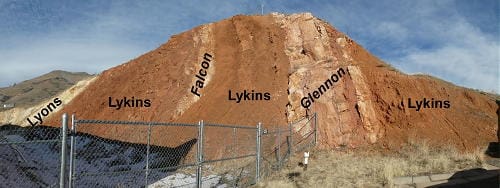
The “bastard” limestone represents a unique fossil called a “stromatolite.” Such fossils formed from cyanobacteria, a microbe also known as blue-green algae, that lived as slimy, and probably smelly, mats in shallow oceans as existed in Golden at the time. Ultra-salty ocean water inhibited the growth of organisms that might have eaten the mats. Layer upon layer of microbes mixed with sand grains, blown in from wind and/or washed in by storms, built up over time, creating pinstripe, crinkly and curvy laminations in the stromatolite rock. Layered buildups grew to nodular mounds up to a foot high.
Some geologists say that these limestones, derived from those smelly mats, represent the “time of slime” in Golden. Definitely, Golden would not have been a nice place to lie on the beach, long ago. No 2-hour vacation, that!
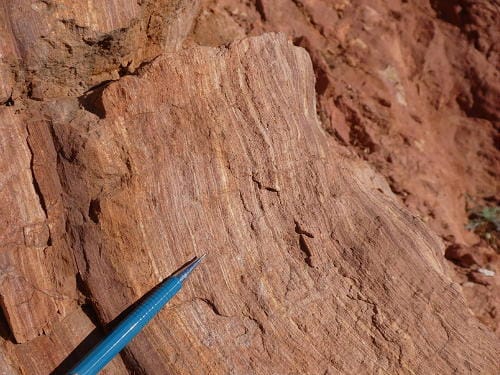
More on the limestone-mining industry and its legacy in Golden in a future column
Guest Columnist Donna Anderson is retired from the oil and gas industry and is an Affiliate Faculty in Geology at Mines. She and Paul Haseman are writing a book called “Golden Rocks!” about the geology and mining history of Golden, to be completed by year end.

